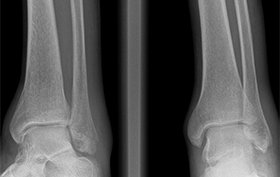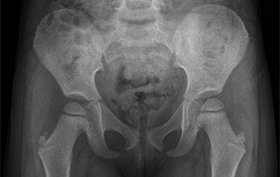Urgent message: Patients with minor traumatic brain injury can be difficult to assess. Identifying those at risk for poor outcomes is critically important in the urgent care setting. Joseph Toscano, MD The term traumatic brain injury (TBI) describes various injury patterns that result from force being absorbed by the brain after a rapid acceleration or deceleration or head impact. TBIs can span a spectrum from minor changes to fatal catastrophes and can affect patients in …
Read More



